现在每天心脏病发作是社会上很常见的疾病. 它在老年人和年轻人中也很常见. 所以每个人都在关注心脏病,甚至在儿童中也有增加. 所以我们将了解心脏病发作是如何引起的以及心脏病发作的症状是什么 心脏病发作 或心力衰竭。让我们找出所有与心脏相关的问题的详细信息.
有哪些功能及其工作原理?
心脏将血液泵入全身,将氧气和营养物质输送到体内的所有细胞,使它们能够生存并完成工作. 血液还将废物从细胞运送到器官,这些器官可以清除废物,例如您的 肾脏, 你的心脏是一个双泵.
- 这 右边 将血液泵送到您的肺部,在那里血液吸收氧气,然后返回到心脏的左侧.
- 这 左心室 然后通过称为主动脉的大动脉将血液泵送到您的身体. 随着血液循环,氧气从血液转移到全身的细胞.
没有氧气的血液通过您的静脉返回心脏右侧. 每次心跳都会发生此过程. 心脏本身需要持续供氧. 血液中最丰富的氧气是通过动脉输送的. 这些动脉位于心脏表面.
心脏病发作和衰竭的原因是什么?
有 二 主动脉 主动脉称为 冠状动脉
- 左主冠状动脉
- 右冠状动脉
然后这两条动脉分成许多更小的分支进入心肌. 任何冠状动脉异常都会导致流向心脏的氧气和营养物质减少, 这可能会导致心脏病发作甚至死亡. 这可能会导致动脉变窄或阻塞 动脉粥样硬化. 这是心脏病最常见的原因. 冠心病也称为冠状动脉疾病或 COPD 是由脂肪沉积物堆积引起的动脉硬化, 这通常被称为 牌匾. 这种斑块积聚发生在冠状动脉的许多最内层.
脂肪沉积可能在儿童时期产生,并在一生中不断增厚和扩大. 随着斑块的形成,动脉变窄,流向心肌的血流量减少. 当血流量减少时,您的血流量减少 氧 和 营养素 心. 当狭窄严重时,组织有可能无法获得足够的氧气和营养. 我们现在知道,这些形成的斑块会破裂或打开身体,然后试图修复该部位并形成血凝块,从而完全阻止血液流动.如果发生这种情况并且血流没有恢复,组织可能会死亡,这被认为是 心脏病发作.
我们的身体经常警告我们心脏没有获得足够的氧气和营养. 冠心病的征兆将取决于疾病的严重程度. 有些人与 冠心病 没有症状. 有些有轻度阶段 胸痛 要么 心绞痛 有些人胸痛更厉害. 出现症状时, 每个人可能会有不同的感受. 冠状动脉疾病的症状可能有 沉重, 松紧度, 压力 胸骨后方胸部疼痛 手臂放射痛, 肩膀, 颚, 脖子, 和/或返回. 气促, 虚弱和疲劳, 可能会出现恶心或呕吐,同时了解您的风险因素非常重要,并控制您将来心脏病发作的风险. 危险因素包括高 低密度脂蛋白 胆固醇 也称为坏胆固醇高甘油三酯水平和低 高密度脂蛋白 胆固醇,这是你的好胆固醇 高血压也被称为 高血压.
有什么注意事项?
定期监测血压很重要,使用自动袖带可能非常简单且有用. 监测您的心率也很重要 缺乏运动会增加您在吸烟和超重后患上进一步心脏病的风险. 遵循低饱和脂肪和高纤维水果和蔬菜的饮食很重要. 如果您患有糖尿病,请确保定期监测您的血糖,并将升高的血糖治疗至建议的目标控制风险因素是预防疾病和死亡的关键 慢性阻塞性肺病.如果您有任何这些风险因素,请务必咨询您的医生. 有很多方法可以解决和治疗这些风险因素. 每个人都应该有一个单独的计划来照顾他或她的风险.
如果您对这些方面有任何疑问,请联系您的医生办公室或参考出院时提供的信息 .
Also, heart attacks which are medically referred to as myocardial infarctions occur as a result of many factors often involving some combination of lifestyle, genetics and underlying health conditions. Some important causes of myocardial infarction include:
Coronary Artery Disease (CAD)
The most common cause of heart attacks is coronary artery disease occurs when the arteries that supply blood to the heart get narrowed or blocked due to the build-up of plaques (动脉粥样硬化). This blocks oxygenated blood from flowing normally in the muscle leading to lack of oxygen and this may lead to damage or death of the heart.
High Blood Pressure (Hypertension)
Over time, chronic high blood pressure can increase the chances of atherosclerosis heart failure and subsequent occurrence of heart attack because it strains both the heart and blood vessels.
High Cholesterol
Higher LDL cholesterol levels and triglycerides might result into arteriosclerosis in where arteries become narrow thereby increasing probability for myocardial infarction.
抽烟
Chemicals in tobacco smoke that are harmful to the blood vessels cause inflammation and speed up atherosclerosis. On the other hand, smokers have much higher rates of suffering from heart attack compared to non-smokers.
糖尿病
Uncontrolled diabetes damages blood vessels and nerves, putting sufferers at risk of atherosclerosis, 高血压, and heart attacks. In comparison with patients without diabetes, those diagnosed with diabetes have increased chances of developing heart disease.
Obesity and Sedentary Lifestyle
Increased body weight or obesity and leading sedentary lifestyles are linked to an augmented likelihood of heart disease as well as heart attack cases. Hypertension, diabetes mellitus and hyperlipidemia are caused by both physical inactivity & excess body weight that can also lead to myocardial infarction.
Family History and Genetics
If there has been any family history associated with any heart diseases or heart attacks then it raises their chances indicating that they inherited them genetically. Most importantly, someone can inherit a condition such as familial hypercholesterolemia which will also make him/her more likely to have a stroke.
Stress and Mental Health
Cardiovascular health is adversely affected by long-term pressure, nervousness and depression due to high blood pressure, inflammation and negative coping mechanisms like smoking or eating too much that promote the occurrence of heart disease.
Unhealthy Diet
High intake of fats, salts and refined sugars leads to increased risk obesity, high cholesterol levels and hypertension which are all factors causing heart attacks.
Excessive Alcohol Consumption
Blood pressure raising, increase in triglycerides level and obesity increase the chances for a person getting coronary artery disease (CAD) and directly predisposing them to a heart attack.
It is worth noting that many risk factors for myocardial infarction is preventable by lifestyle changes and medical intervention. A healthy lifestyle that involves regular physical activities, balanced nutrition, quitting smoking, stress control as well as effective management of chronic conditions such as diabetes mellitus and hypertension can greatly reduce the chance of developing myocardial infarction and enhance overall cardiovascular health. Early detection as well as management of risk factors can also be achieved through regular checkups with physicians.

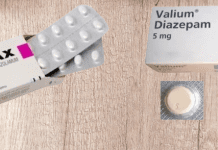
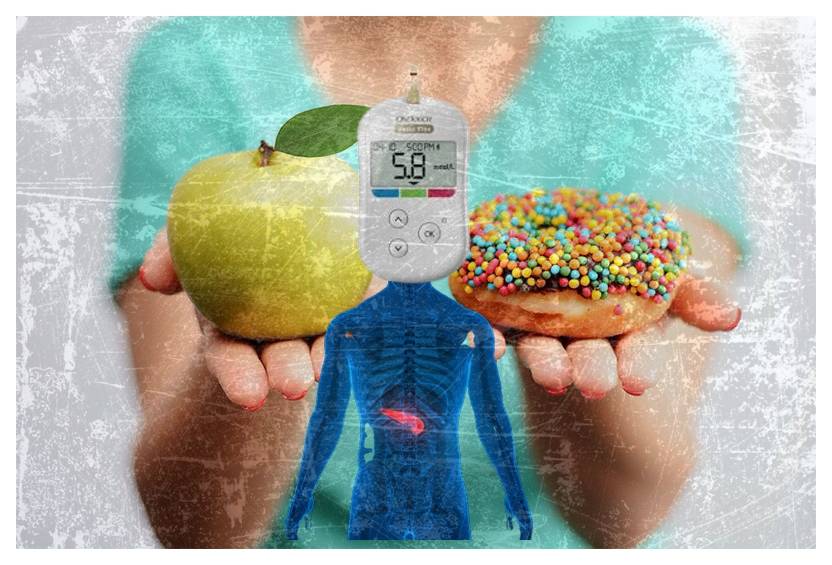

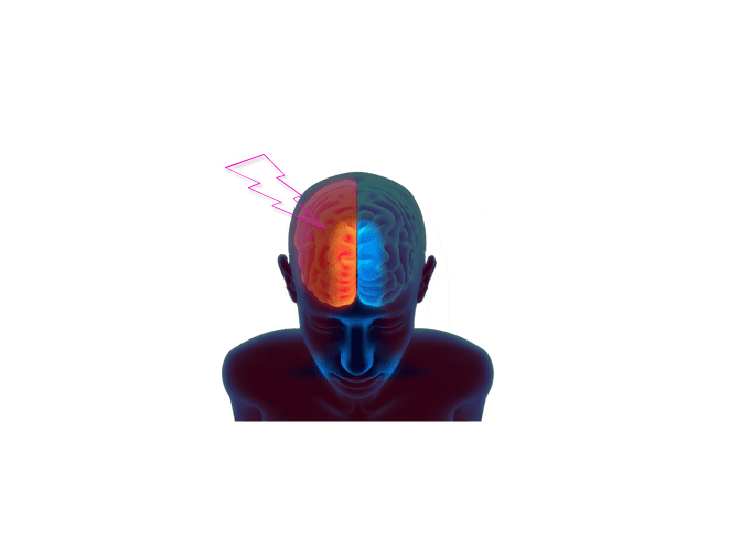
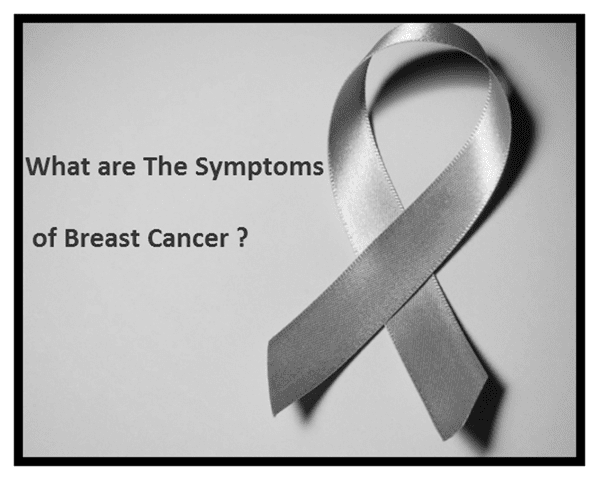




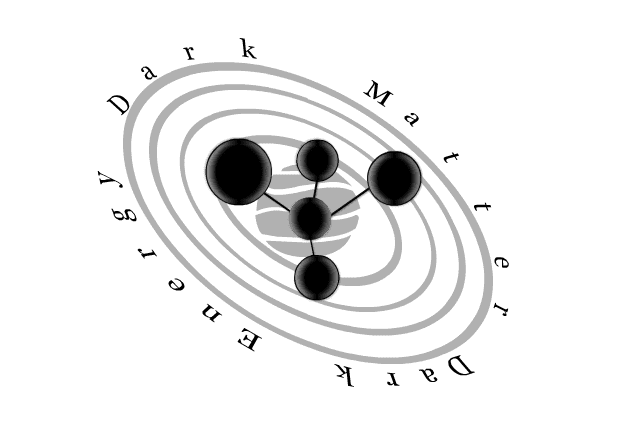







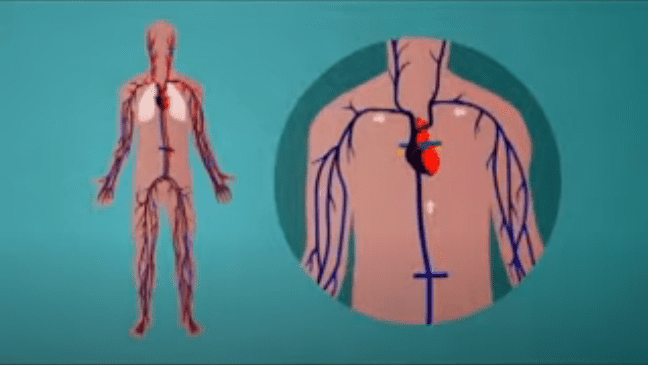



老实说,我不太喜欢看互联网,但你的博客真的很棒, 保持!
我会继续为您的网站添加书签,以便将来回来.
非常感谢